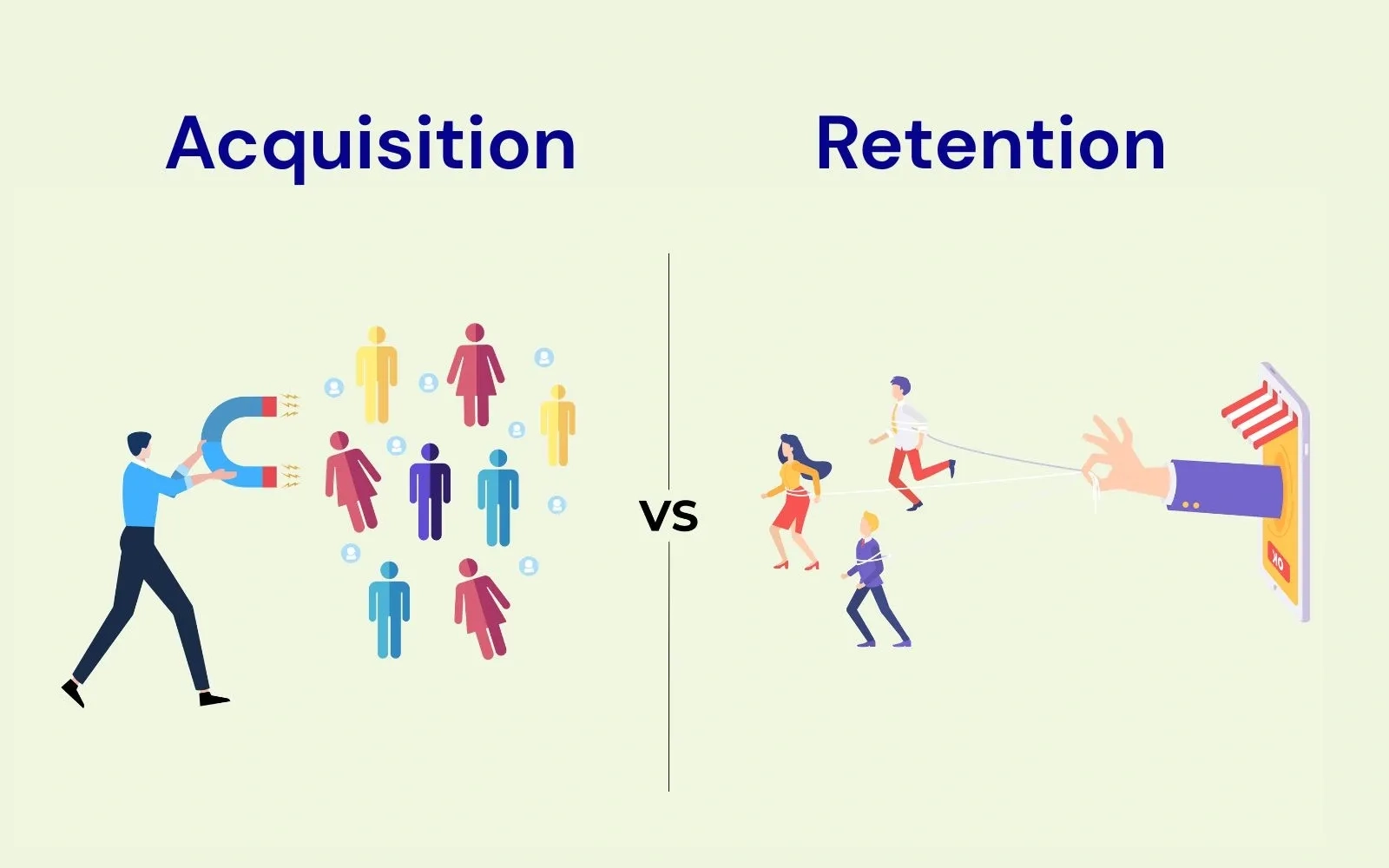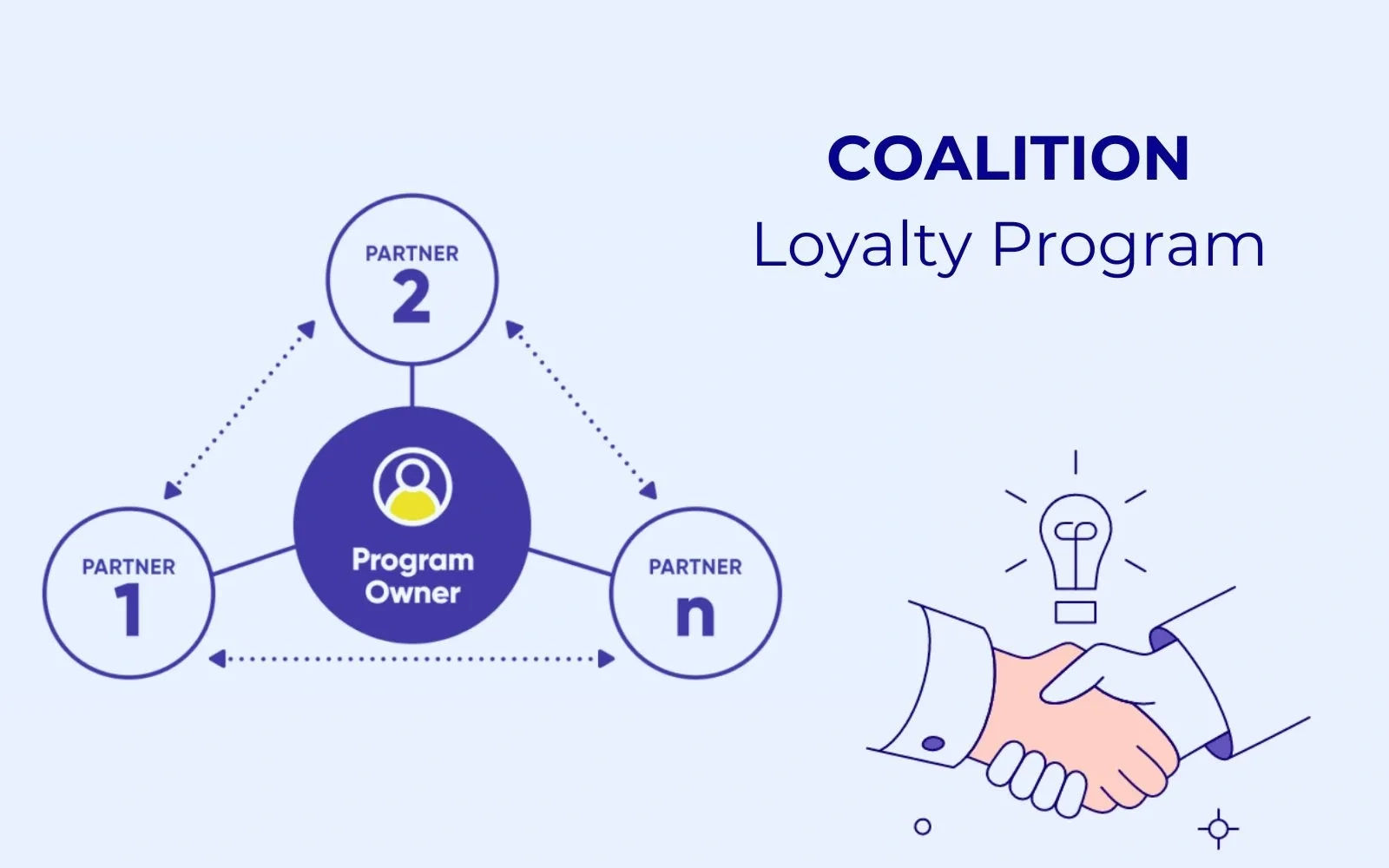Customer Retention Cost: Formula & Strategies to Optimize It

While many companies obsess over acquisition costs, retention costs can quietly drain budgets if not managed efficiently. The right balance between spending and strategy can determine whether your brand fosters loyalty or leaks revenue.
In this article, we’ll break down the exact formula for measuring customer retention cost, uncover hidden factors that inflate your spending, and explore proven, high-impact strategies to keep your CRC well—without overspending.
Let’s get into it!
What Is Customer Retention Cost (CRC)?
Customer Retention Cost refers to the total amount a business spends to keep its existing customers engaged, satisfied, and loyal over a specific period. It encompasses various expenses related to customer support, loyalty programs, marketing efforts, technology, and customer success initiatives.

Breaking Down the Components of Customer Retention Cost
To truly understand the impact of CRC, let’s take a closer look at where these expenses come from that shape this metric.
1. Customer Success Initiatives
- Customer Onboarding Programs: Tutorials, personalized setup, guided walkthroughs, and in-app product tours.
- Dedicated Customer Success Teams: Staff salaries for account managers and retention specialists.
- Proactive Outreach & Health Checks: Surveys, check-ins, and personalized recommendations to ensure customers stay engaged.
- Community and User Groups: Hosting webinars, online forums, and exclusive networking events to build long-term relationships.

2. Customer Service and Support Costs
- Help Desk Software & Ticketing Systems – Platforms like Zendesk or Freshdesk to manage customer inquiries.
- Call Centers & Live Chat Support – Salaries, training, and technology for phone, email, and live chat agents.
- Self-Service Support Tools – Knowledge bases, FAQs, and AI-powered chatbots to reduce manual workload.

3. Engagement and loyalty programs:
- Point-Based Reward Systems – Costs associated with earning/redeeming points for future purchases.
- VIP & Membership Programs – Offering exclusive benefits such as free shipping, early access, or premium support.
- Referral & Incentive Programs – Discounts and bonus credits for customers who refer new users.
- Marketing costs: Content marketing, SEO, social media strategies, and large-scale advertising (such as TV spots or sponsorships)
4. Technology and Automation Expenses:
- Customer Relationship Management (CRM) Software – Platforms like HubSpot, Salesforce, or Zoho CRM to manage customer data and interactions.
- AI-Powered Chatbots & Virtual Assistants – Reducing dependency on human agents while ensuring 24/7 automated responses.
- Personalized Marketing Automation – Email workflows, product recommendations, and behavioral-based triggers.
5. Training and Education for Retention Efforts:
- Internal Staff Training – Workshops, certifications, and coaching programs for customer-facing teams.
- Customer Training Programs – Webinars, courses, and interactive guides to help customers use the product efficiently.
- Product Documentation & Educational Resources – Creating comprehensive guides, FAQs, and video tutorials.
How to Calculate Customer Retention Cost?
The standard formula to determine CRC is:
CRC = Total Retention Costs / Number of Active Customers
Where:
- Total retention costs encompass all expenses related to retaining customers over a specific period.
- Number of active customers refers to the total number of customers engaged with your product or service during that period.
Let’s say you spent, over a fiscal year, $200,000 in various retention initiatives—such as customer success teams, loyalty rewards, and personalized email campaigns. If the company has 4,000 active customers during this period, the CRC would be:
CRC = $200,000/4,000 = $50
This means your company spends, on average, $50 annually to retain each customer.
While this formula doesn’t give you the exact cost of keeping specific customers, it provides an average estimate.
What Is A Good Customer Retention Rate?
Customer retention rate varies significantly across industries due to differing business models, customer behaviors, and market dynamics. On average, customer retention rates hover around 75%, but this figure fluctuates notably between sectors.
Industries offering essential or subscription-based services typically enjoy higher retention rates, as customers are more likely to maintain ongoing relationships.
Conversely, sectors characterized by abundant alternatives and lower switching costs often experience lower retention rates.
Here is a detailed breakdown of the average CRR of each industry that has been watched by DemandSage
| Industry | Average Retention Rate |
| Media and Professional Services | 84% |
| Automotive and Transportation | 83% |
| Insurance | 83% |
| IT Services | 81% |
| Construction and Engineering | 80% |
| Financial Services | 78% |
| Telecom | 78% |
| Healthcare | 77% |
| Banking | 75% |
| Manufacturing | 70% |
| Hospitality/Travel/Restaurant | 55% |
| E-commerce | 63% |
How Is Customer Retention Rate Calculated?
CRR=(E – N)/S×100%
Where:
- S = Number of customers at the start of the period
- E = Number of customers at the end of the period
- N = Number of new customers acquired during the period
This formula ensures that only returning customers are counted in the retention rate, excluding newly acquired ones.
Customer Retention Cost (CRC) vs. Customer Acquisition Cost (CAC)

Both Customer Acquisition Cost (CAC) and Customer Retention Cost (CRC) play a vital role that sheds light on financial allocations and influences long-term profitability and growth, yet they have some basic differences:
| Criteria | Customer Retention Cost (CRC) | Customer Acquisition Cost (CAC) |
| Definition | The total cost incurred to retain an existing customer. | The total cost of acquiring a new customer. |
| Key Expenses | Loyalty programs, customer service, CRM tools, retention marketing. | Paid ads, lead generation, sales commissions, onboarding costs. |
| Primary Goal | Enhancing customer loyalty, reducing churn, and maximizing CLV. | Attracting new customers and increasing market share. |
| Calculation Formula | CRC = Total Retention Costs / Active Customers | CAC = Total Acquisition Costs / New Customers Acquired |
| Long-Term Sustainability | More cost-effective as existing customers tend to spend more over time. | Higher upfront investment, but necessary for business growth. |
Why Focusing on Retention Over Acquisition is More Cost-Effective
As a matter of fact, while customer acquisition remains a crucial part of business growth, research consistently shows that retention is the smarter long-term investment
- Retention is 5-7 times cheaper than acquisition because customer acquisition requires a heavy upfront investment.
- Retained customers spend more over time: The likelihood of selling to an existing customer is 60-70%, compared to just 5-20% for new customers.
- Higher customer lifetime value and brand loyalty: Loyal customers also act as brand ambassadors. Customers referred by friends have a 37% higher retention rate than those acquired through traditional marketing and loyal customers are 5x more likely to repurchase and 4x more likely to refer others.
- Retention builds resilience against market volatility: Economic downturns, industry disruptions, and shifts in consumer behavior can drastically impact new customer acquisition, while companies with strong customer retention strategies experience more stable cash flow and predictable revenue.
Ideal CRC-to-CAC Ratio
While there’s no universally accepted CRC-to-CAC ratio, a common benchmark is a 1:3 ratio, meaning that for every 3 dollars spent on acquiring a customer, 1 dollar is invested in retaining them. This balance ensures that while the customer base grows, existing customers continue to receive value and remain loyal.
3 Strategies to Reduce and Optimize Customer Retention Cost
Undoubtedly, implementing targeted strategies can lead to significant improvements in customer loyalty without inflating expenses. Below are three effective approaches:
Enhancing Customer Experience
A superior customer experience is foundational to retention efforts. Key approaches include:
- Proactive customer service vs. reactive support: Anticipating customer needs and addressing potential issues before they escalate can prevent dissatisfaction. Proactive outreach, such as notifying customers about service updates or potential disruptions, demonstrates attentiveness and reduces the likelihood of complaints.
- Personalization and predictive analytics: Utilizing customer data to tailor interactions ensures relevance. Predictive analytics can forecast customer behaviors, allowing businesses to offer timely recommendations or interventions, thereby enhancing satisfaction.
- Continuous improvement: Regularly collecting and acting on customer feedback fosters a culture of continuous improvement. This iterative process ensures services evolve in line with customer expectations, leading to sustained satisfaction.
Leveraging Technology and Automation
Integrating advanced technologies can streamline retention efforts and reduce associated costs.
- AI chatbots and self-service portals: Deploying AI-driven chatbots provides instant support for routine inquiries, enhancing customer satisfaction and reducing the workload on human agents. Self-service portals empower customers to resolve issues independently, further optimizing support resources.
- CRM and automated customer engagement tools: Customer Relationship Management (CRM) systems centralize customer data, facilitating personalized communication. Automated engagement tools can deliver targeted messages and offers, maintaining consistent interaction without extensive manual effort.
Building Loyalty Without Overspending
Last but not least, having effective loyalty programs can drive repeat business without inflating retention costs.
- Data-driven loyalty programs: Utilizing customer data to design loyalty initiatives ensures rewards align with customer preferences, increasing program effectiveness. This targeted approach maximizes impact while controlling costs.
- Smart reward systems: Offering meaningful incentives, such as exclusive access or personalized perks, can enhance loyalty without resorting to frequent discounts, preserving profit margins

Measuring and Tracking CRC: Key Metrics & KPIs
To effectively track CRC, you must take into account a set of key performance indicators (KPIs) that provide valuable insights into CRC, highlighting the area for improvement.
- Customer Churn Rate (CCR): This metric represents the percentage of customers who discontinue their relationship with a business over a specific period.
A high CCR often correlates with increased CRC, as more resources are required to retain a dwindling customer base. Conversely, a low CCR suggests effective retention strategies and potentially lower CRC. - Customer Lifetime Value (CLV): CLV estimates the total revenue a business can expect from a customer over the entire relationship duration.
A higher CLV indicates that customers are staying longer and spending more, often resulting from efficient retention strategies that keep CRC in check. - Repeat Purchase Rate (RPR): This measures the proportion of customers who make multiple purchases.
A high RPR signifies successful retention efforts, suggesting that the CRC is effectively managed. - Net Promoter Score (NPS) and Customer Satisfaction Score (CSAT): NPS gauges customer willingness to recommend a company’s products or services, while CSAT measures overall satisfaction.
Elevated scores in these areas often reflect effective retention strategies, potentially leading to reduced CRC.
Businesses can no longer rely on generic retention tactics as customers now expect hyper-personalized experiences, real-time responses, and seamless interactions across multiple channels.
At the same time, companies are under increasing pressure to optimize costs while maintaining customer loyalty. This is where data analytics becomes a game-changer.
- Identifying patterns and trends: Analyzing customer behavior data helps uncover patterns that inform retention strategies, enabling businesses to proactively address issues before they lead to churn.
- Audience segmentation: Dividing customers into segments based on behavior, preferences, or demographics allows for tailored retention strategies, enhancing their effectiveness and potentially lowering CRC.
- Predictive analytics: Utilizing predictive models to forecast customer behavior enables businesses to identify those at risk of churning and implement targeted interventions, thereby improving retention rates and optimizing CRC.
- Personalization: Leveraging data to customize customer interactions enhances engagement and loyalty, improving retention and potentially reducing CRC.
Bottom Line
Customer Retention Cost (CRC) is a critical metric that directly impacts a company’s profitability and long-term success. Retention is more cost effective than acquisition. Prioritizing customer satisfaction, leveraging automation, and building strong relationships will drive sustainable growth while keeping retention costs under control.



